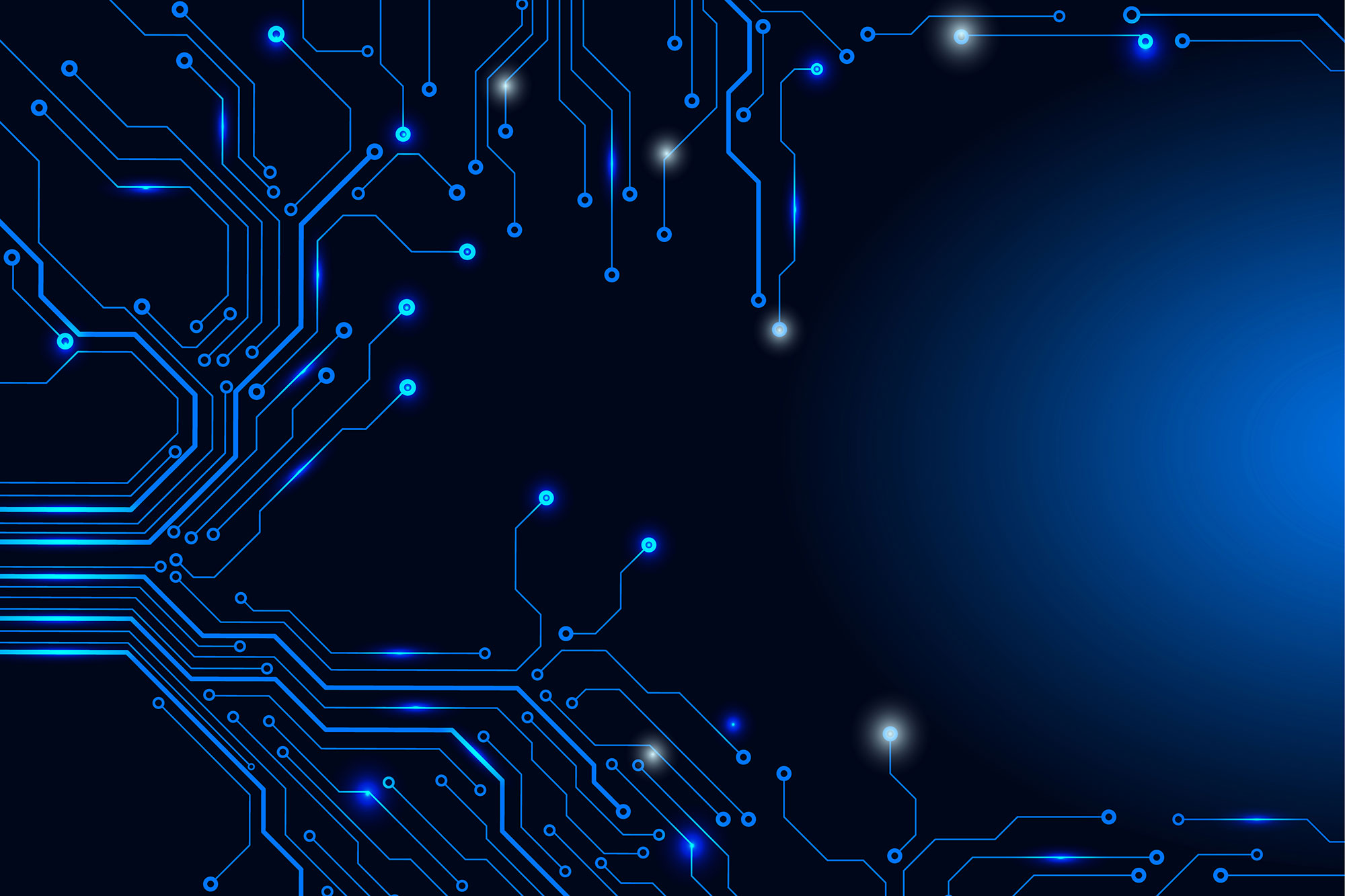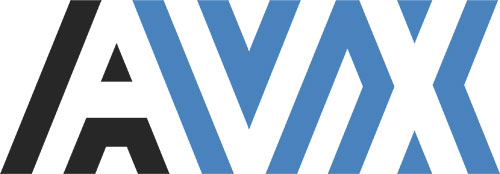
It’s easy to understand how the world has benefited from the invention of electronic components such as the silicon microchip. Used in everything from cars to cell phones to smart home devices to kids toys and more.
We all understand how they have made our world a better, more technologically advanced place.
But there is probably a lot you didn’t know about electronics. Welcome to our first in a series of articles called Did You Know? Here we will teach you fun and interesting facts about the world of electronic components.
Did you know?
Did you know that Printed Circuit Boards (PCBs) are green and sustainable?
This is because they are mostly made from glass-epoxy, which once catalyzed, becomes completely inert. Therefore, it does not contaminate the environment.
Did you know that PCBs are green but also usually the color green? Some think it’s because they were early and often used by the US military and the color stuck. Others think it was because of the color of the solder mask resin. But for whatever reason, the color persisted and is now considered extremely useful for engineers to see faults in traces.
Did you know that PCBs use copper traces instead of wires to transport electrons?
Did you know that surface mount PCBs are just one-tenth the size of through-hole circuits?
Did you know a Siemens SMT line can place components on boards that are so small, you’d need a microscope to see it?
Did you know some SMT machines are so efficient, they can place over 136,000 parts per hour?
Did you know about flexible PCBs? They are built on flexible, high-temperature plastic-like Kapton.
Did you know PCBs were invented by Austrian Paul Eisler way back in the 1890s?
Did you remember Ohm’s law from high school? It states that electrical current is proportional to voltage and inversely proportional to resistance. It’s extremely useful in building PCBs. And like the invention of PCBs, it was also formulated in the 19th century, long before electronic components were truly developed the way we know them now.
Stay tuned to this space for more fun facts about PCBs, semiconductors, transistors, capacitors, crystals, and all sorts of electronic components.





